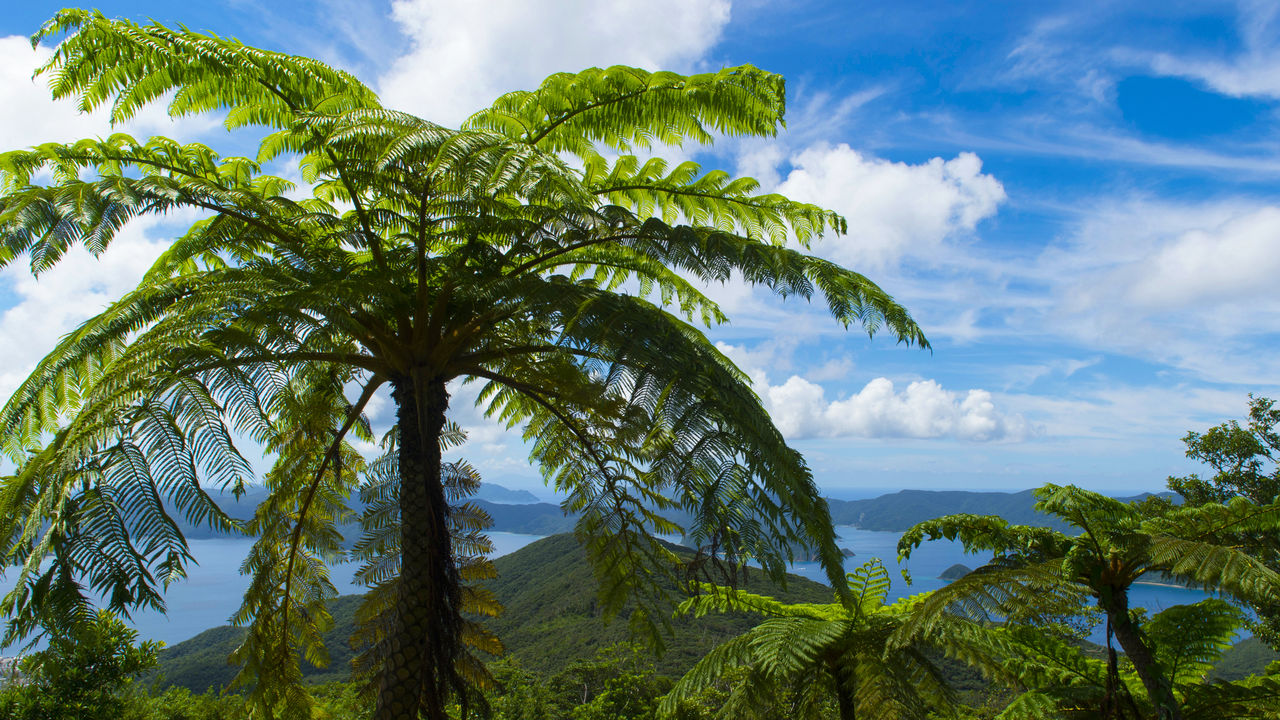
Enjoying the Flora and Fauna of Amami Ōshima (Photos)
Guideto Japan
- English
- 日本語
- 简体字
- 繁體字
- Français
- Español
- العربية
- Русский
Amami Ōshima has much for visitors to enjoy on land as well as at sea. Of particular note are the forests that cover the majority of the island, their unspoiled natural beauty making a profound impression.
Related article › Visiting the Crystal Blue Waters of Amami Ōshima
Primeval Mangrove Forests
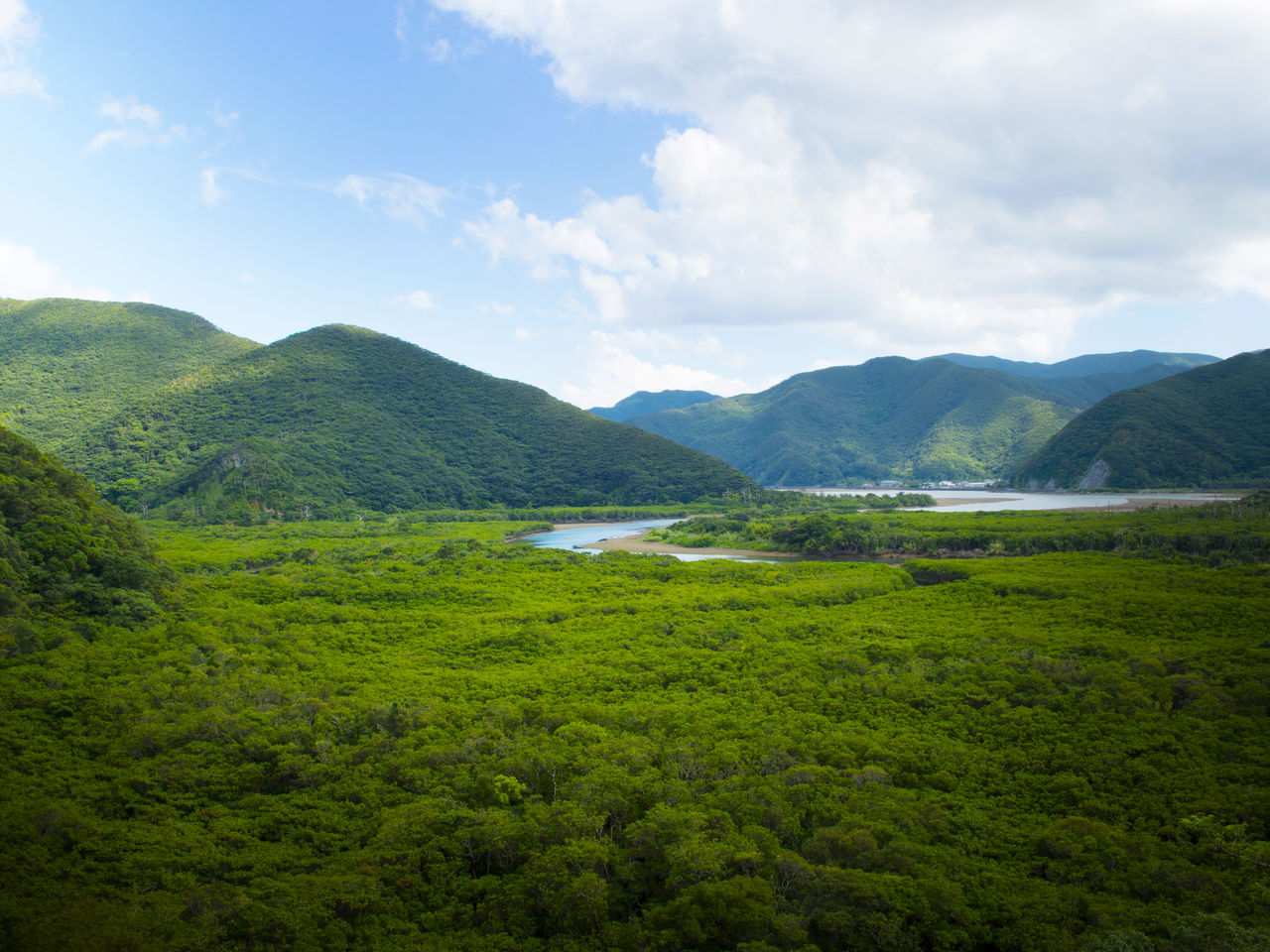 The Sumiyō and Yakugachi rivers meet at this wide estuary.
The Sumiyō and Yakugachi rivers meet at this wide estuary.
Sumiyōchō boasts one of the largest primeval mangrove forests in Japan. Covering an area of 71 hectares, it is second in size in Japanese territory only to the mangrove forest in Iriomotejima. The neighboring Kuroshio-no-mori Mangrove Park sports an exhibit hall and an observation deck, as well as canoe rentals for those who want to see the mangroves up close.
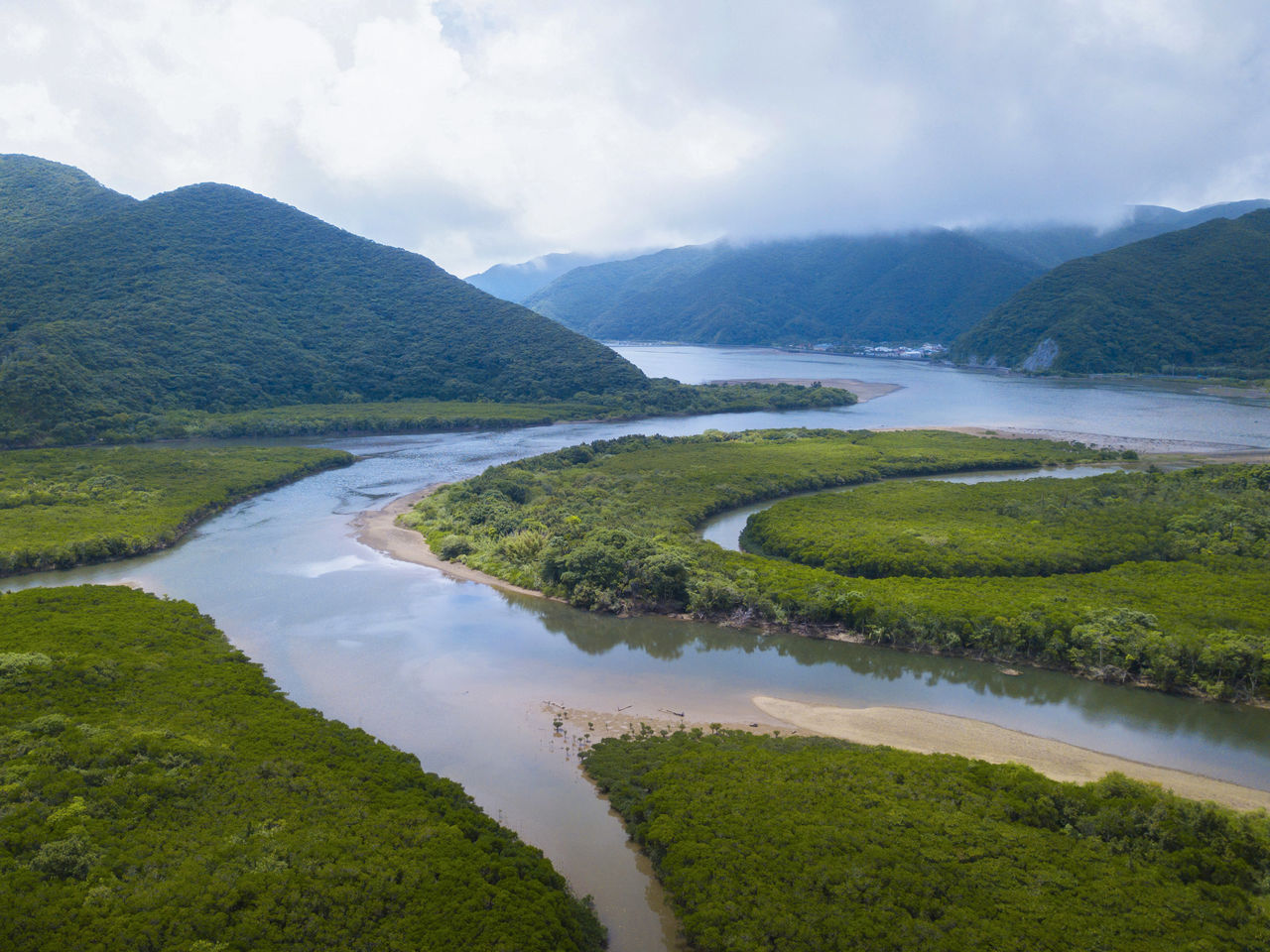 The rivers meander through the pristine mangrove forests.
The rivers meander through the pristine mangrove forests.
The Falls of Materiya-no-Taki
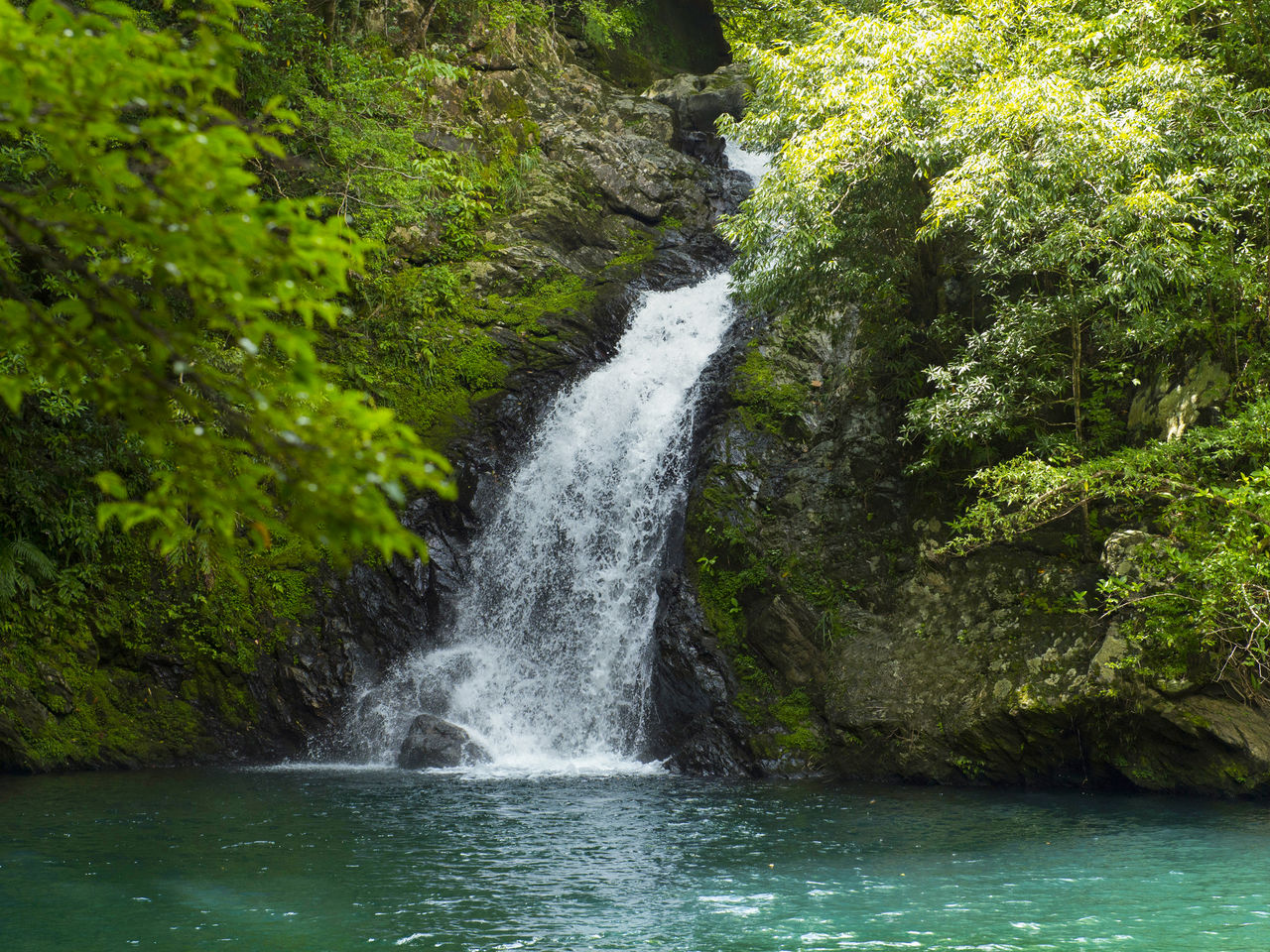 Sunshine spills over the Materiya-no-Taki and the basin below.
Sunshine spills over the Materiya-no-Taki and the basin below.
Located in the Amami Forest in Yamato village, the waterfalls known as Materiya-no-Taki have long been cherished by locals as a site for relaxation, owing to the sunlight that shines down on the falls’ plunge basin during the day. The name is said to derive from a corruption of words of praise, roughly meaning “the sun’s very own lovely plunge basin.”
Japanese Sago Palm and Fiber Banana Groves
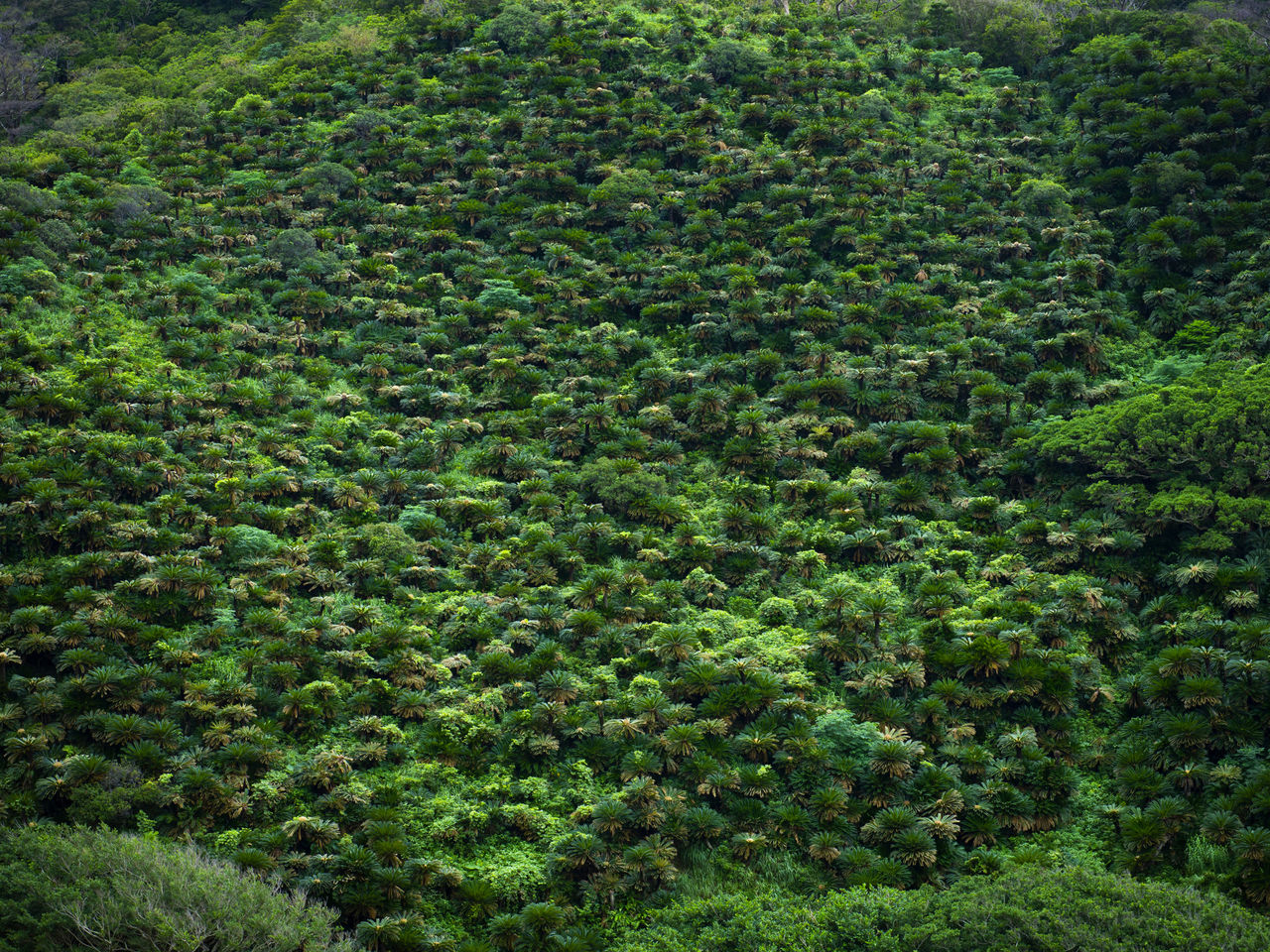 It is unusual for Japanese sago palms to grow in profusion like this. During wartime, these trees were used for food as well as fuel.
It is unusual for Japanese sago palms to grow in profusion like this. During wartime, these trees were used for food as well as fuel.
Ankiyaba in Tatsugōchō offers the very best views of mountainsides covered with Japanese sago palms and fiber banana plants. The leaves of the sago palm are used as a source of iron for the dyeing of Ōshima tsumugi fabrics, while the fibers of the banana plant are used in making a type of kimono known as bashagin. These signify the profound ties between the Amami culture and the local flora.
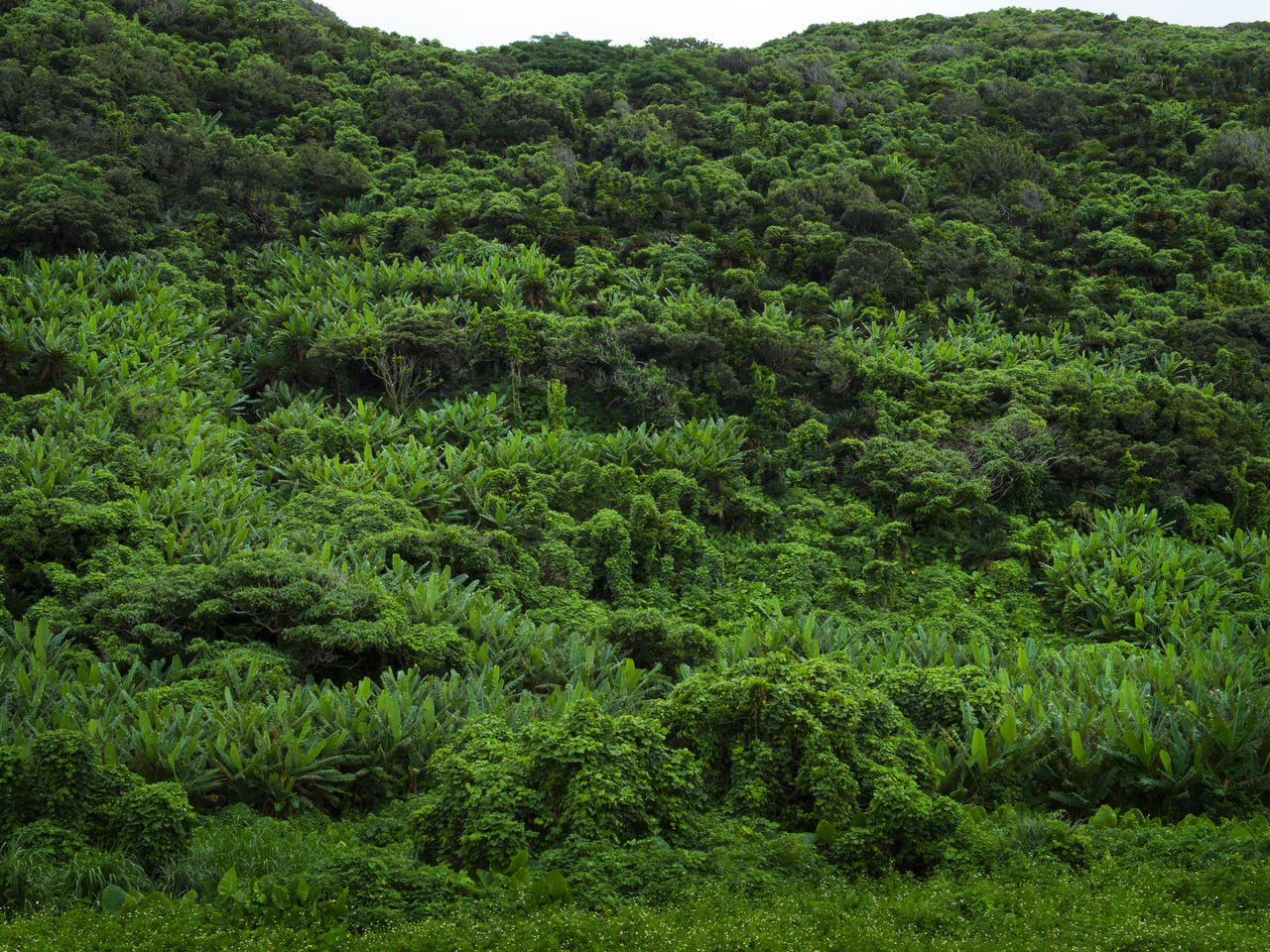 The Japanese fiber plants in Ankiyaba are of a variety known as itobashō.
The Japanese fiber plants in Ankiyaba are of a variety known as itobashō.
Kinsakubaru Primeval Forest
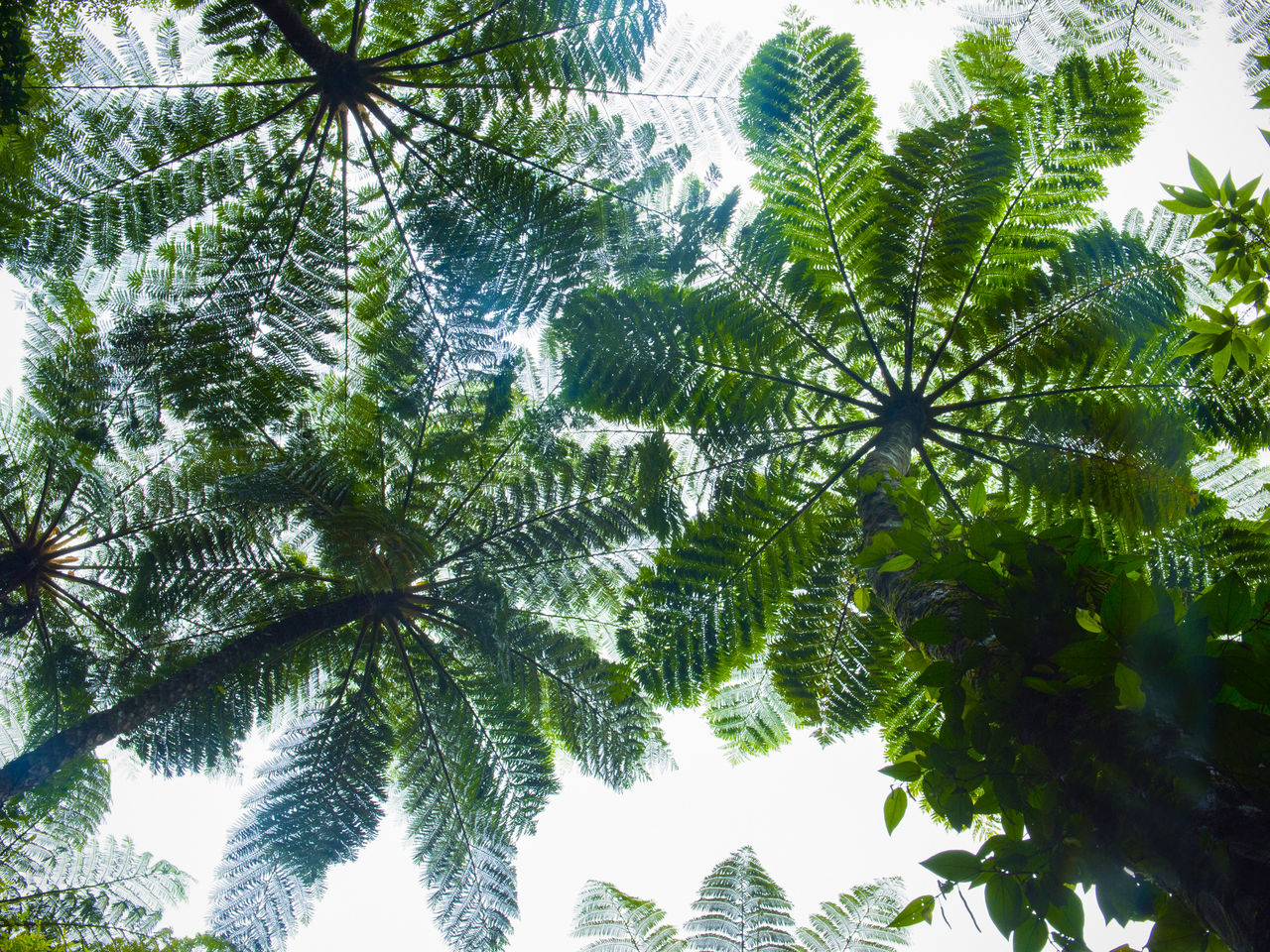 Flying spider-monkey tree ferns seen from below.
Flying spider-monkey tree ferns seen from below.
Among the mountains of Amami Ōshima, many native wild subtropical broadleaf trees can be found in the Kinsakubaru primeval forest, in Naze. Seen from below within the forest, the giant flying spider-monkey fern leaves twinkle in the sunlight like billowing parasols. Other designated protected flora and fauna indigenous to Amami thrive in this forest as well.
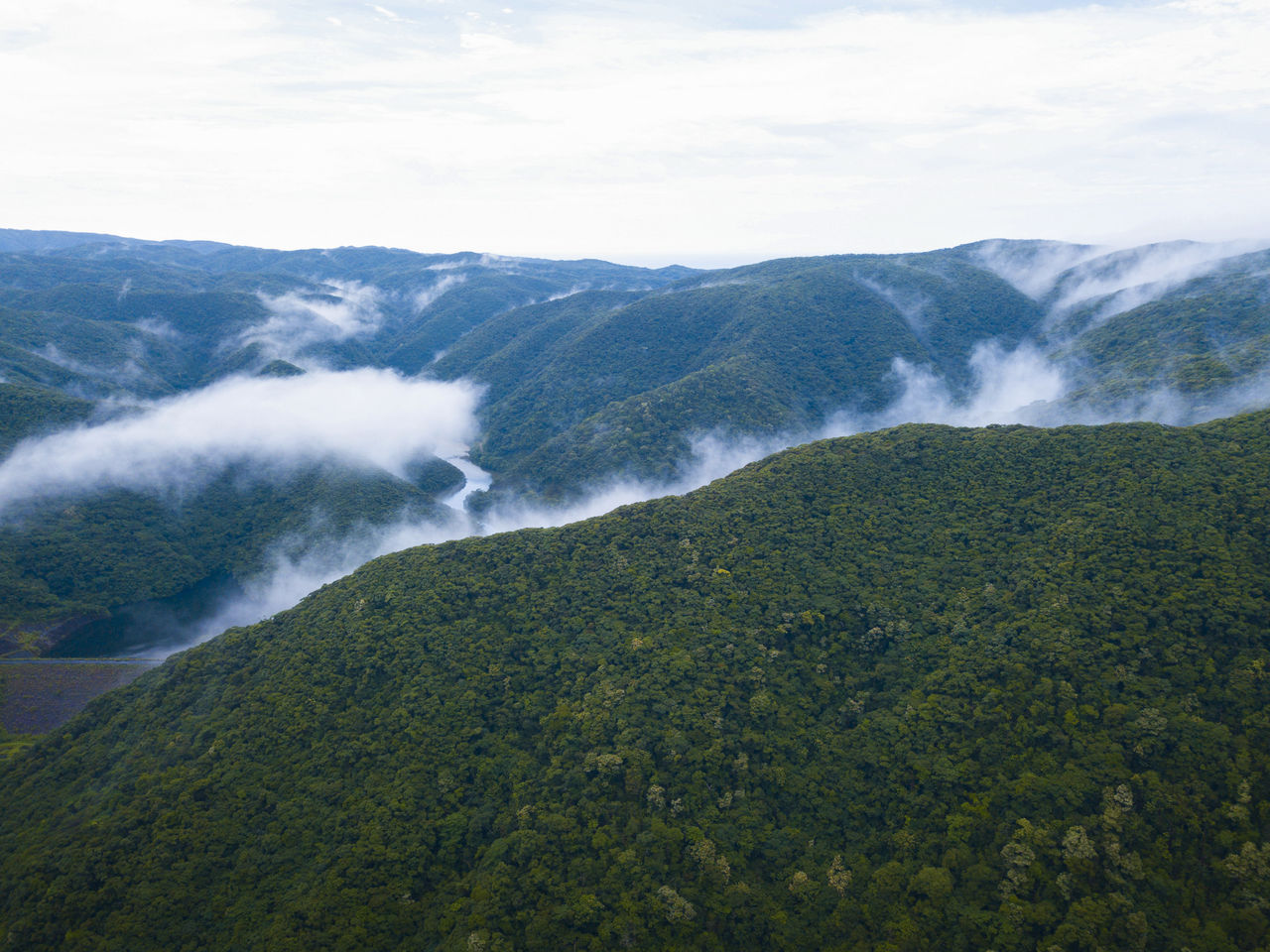 An aerial photo of the grand expanses of the Kinsakubaru primeval forest.
An aerial photo of the grand expanses of the Kinsakubaru primeval forest.
Lidth’s Jays
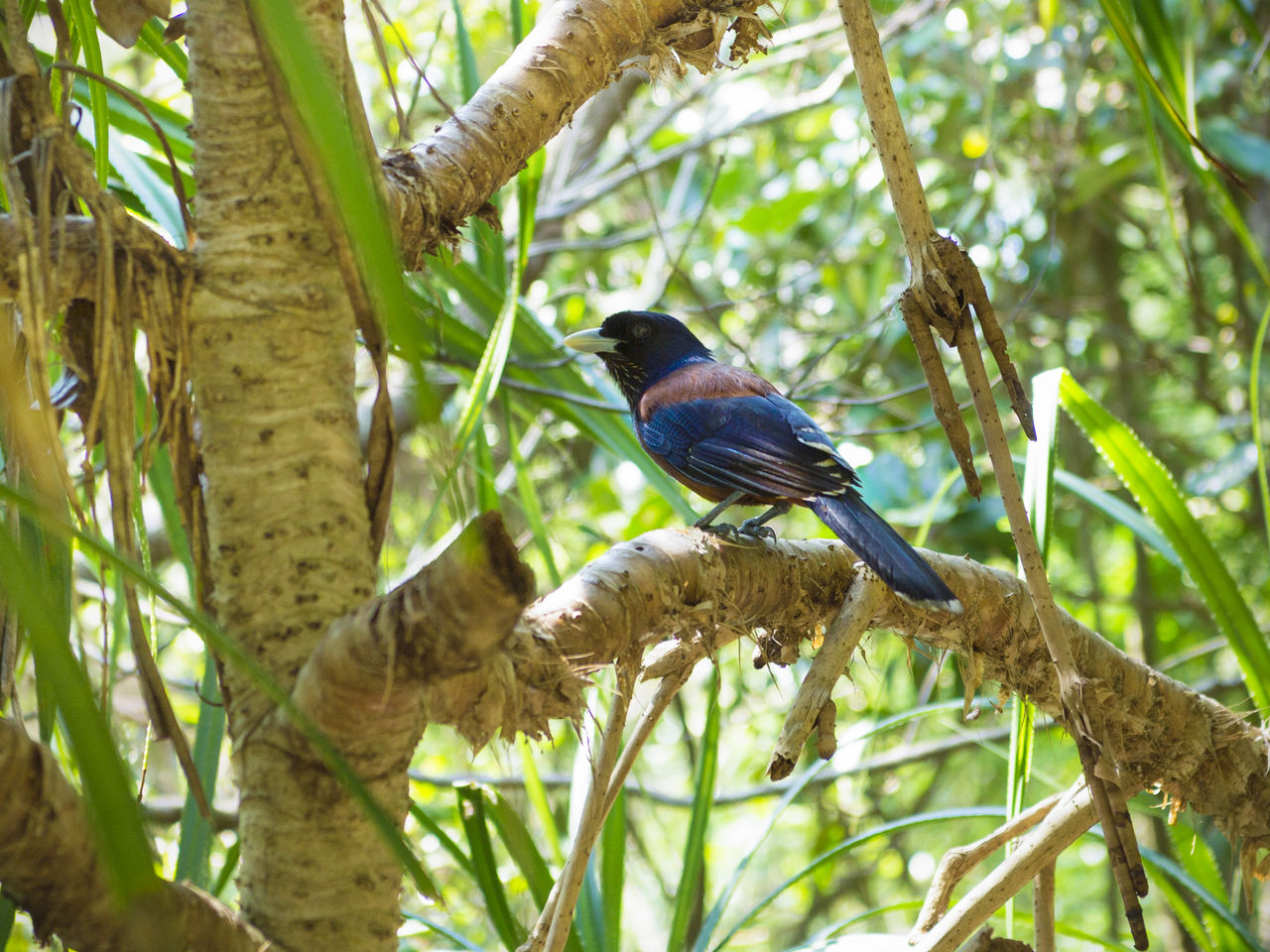 The rurikakesu (Lidth’s jay), designated a protected species by the Japanese government.
The rurikakesu (Lidth’s jay), designated a protected species by the Japanese government.
In the luxuriant wilderness of Amami Ōshima, one may also run into such rare animals as the Amami no kurousagi (Amami rabbit), a nationally protected species in Japan, as well as the otton-gaeru frog and rurikakesu (Lidth’s jay). I was lucky to snap a photo of the latter, with its brilliant plumage of lapis lazuli (a dark blue shade tinged with purple) ranging from crown to throat. The species is found only in the Amami archipelago.
The Ryūkyū Haguro Tonbo (Ryukyu Damselfly)
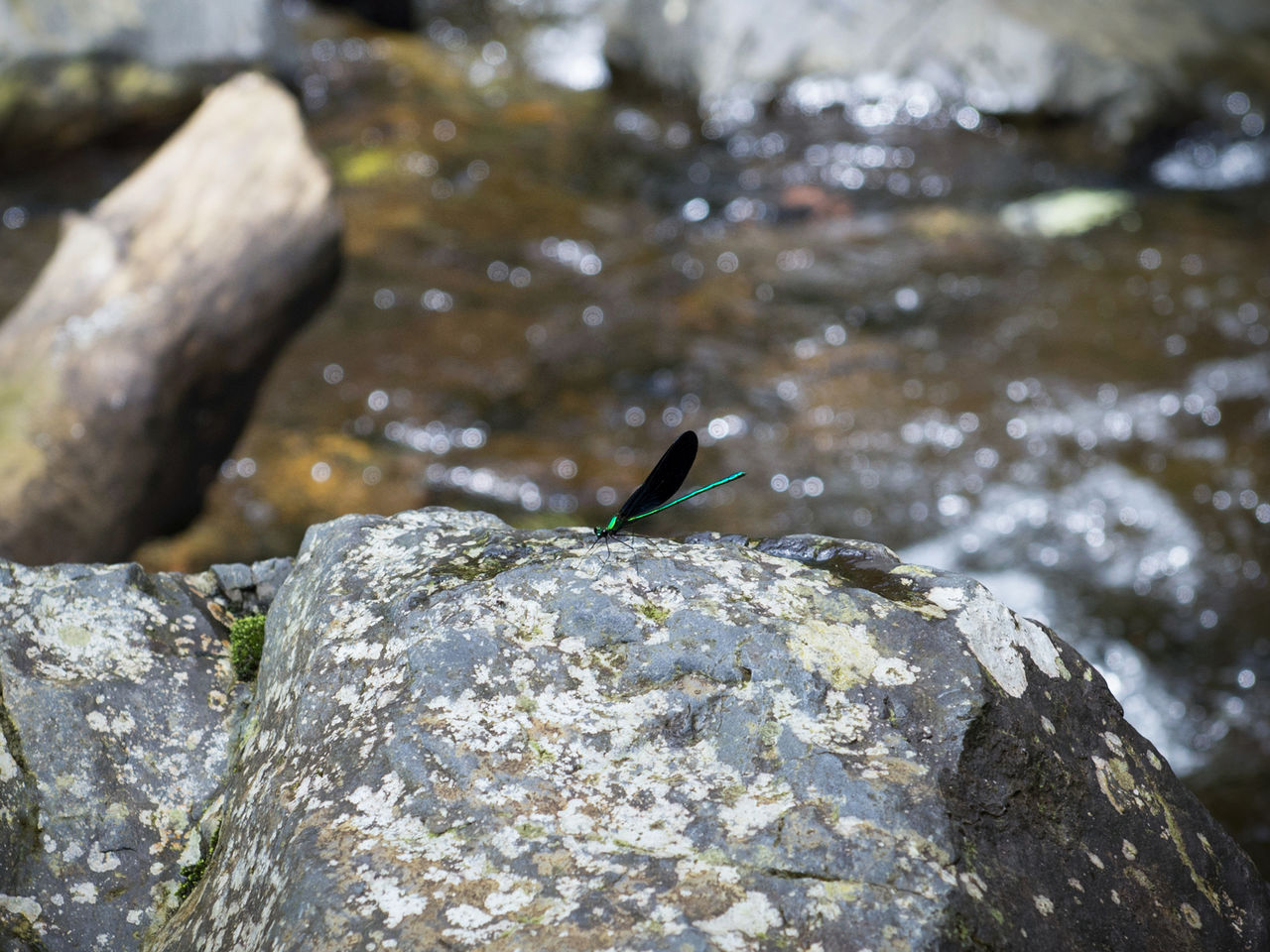 The Ryukyu damselfly is frequently spotted near water.
The Ryukyu damselfly is frequently spotted near water.
Not found on the Japanese home islands, Ryūkyū haguro tonbo have a habitat spanning from the Amami archipelago to Okinawa. Their long, slender torsos, green and glossy, contrast strikingly with their black wings. The Amami Ōshima variety has narrower glittering blue portions on their wings than the Okinawa specimen.
Habu (Yellow-Spotted Pit Viper)
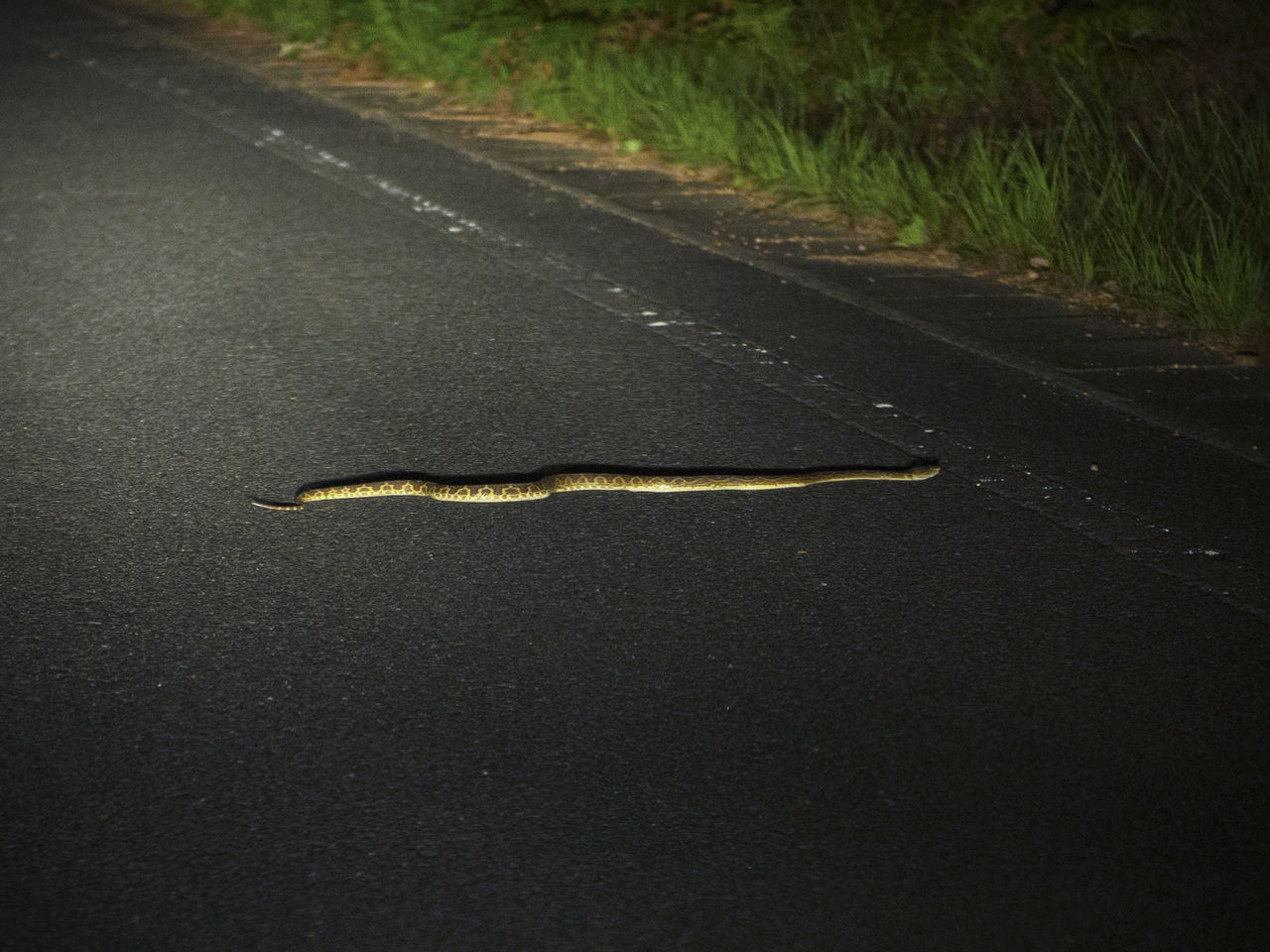 As habu (yellow-spotted pit viper) are a nocturnal species, caution is especially necessary when going about after dark.
As habu (yellow-spotted pit viper) are a nocturnal species, caution is especially necessary when going about after dark.
Among the many unusual fauna on Amami Ōshima are snakes not found north of Kyūshū, including the akamata (Ryukyu odd-tooth snake) and habu (yellow-spotted pit viper). The latter is particularly venomous, and people are accordingly cautioned not to approach if they spot one.
Yuwandake
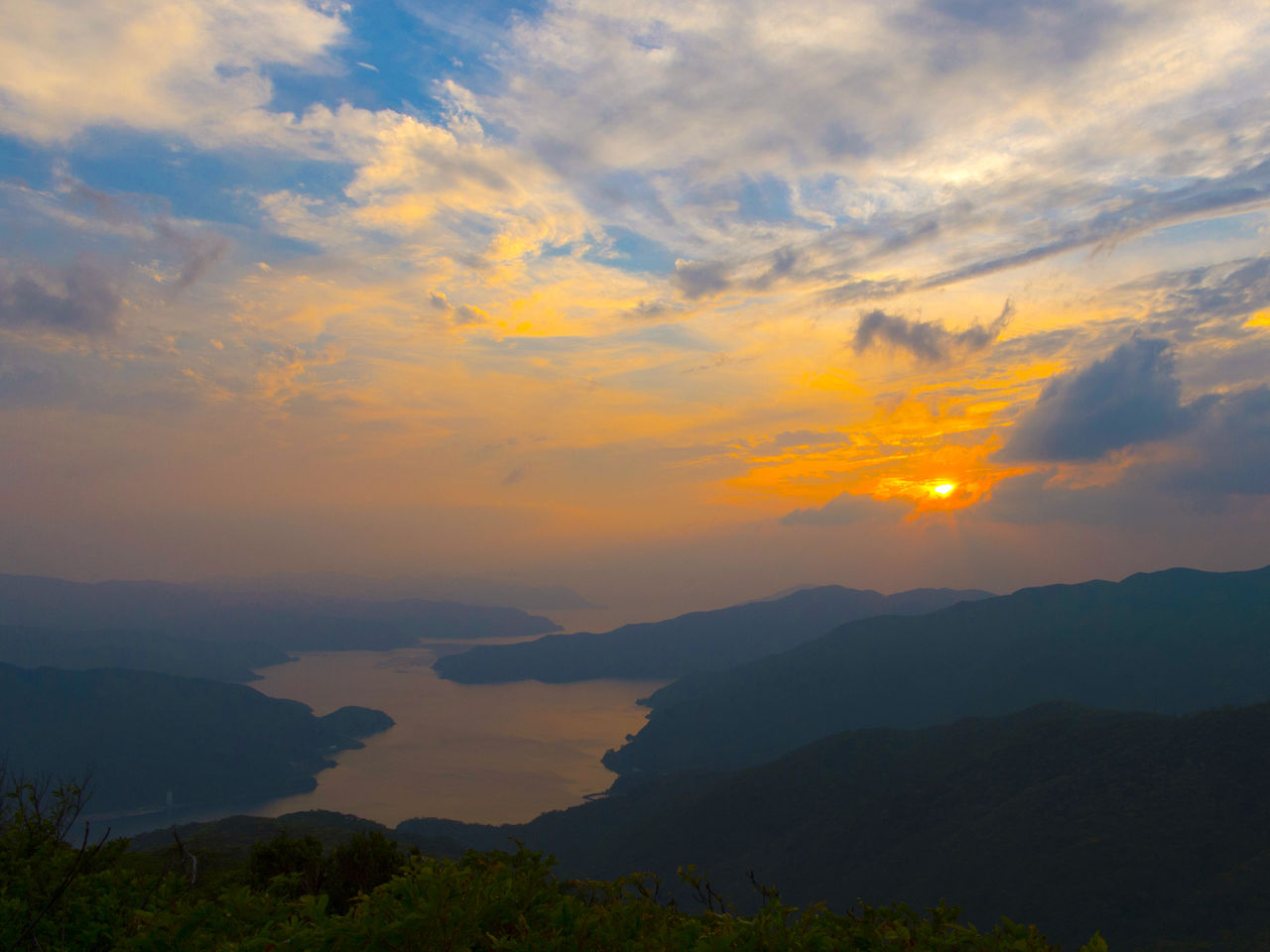 Sunset over Yakeuchi Bay, seen from the observation deck at Yuwandake Park.
Sunset over Yakeuchi Bay, seen from the observation deck at Yuwandake Park.
Located between the villages of Uken and Yamato, Yuwandake is the highest of the many peaks on Amami Ōshima, at 694 meters. Primeval forests grow here, and animals unique to the island can be found as well, including the Amami rabbit, ōsuton-ōakagera (Oston’s white-backed woodpecker), and otton-gaeru frog. The view of the sunset from here ranks among the top Amami vistas, and the combination of the golden skies with the gradations of the shadows cast by the line of the mountains is beautiful indeed.
Related article › Amami Ōshima: Southern Island of Nature and Culture
(Originally published in Japanese. Photos and text by Kuroiwa Masakazu.)